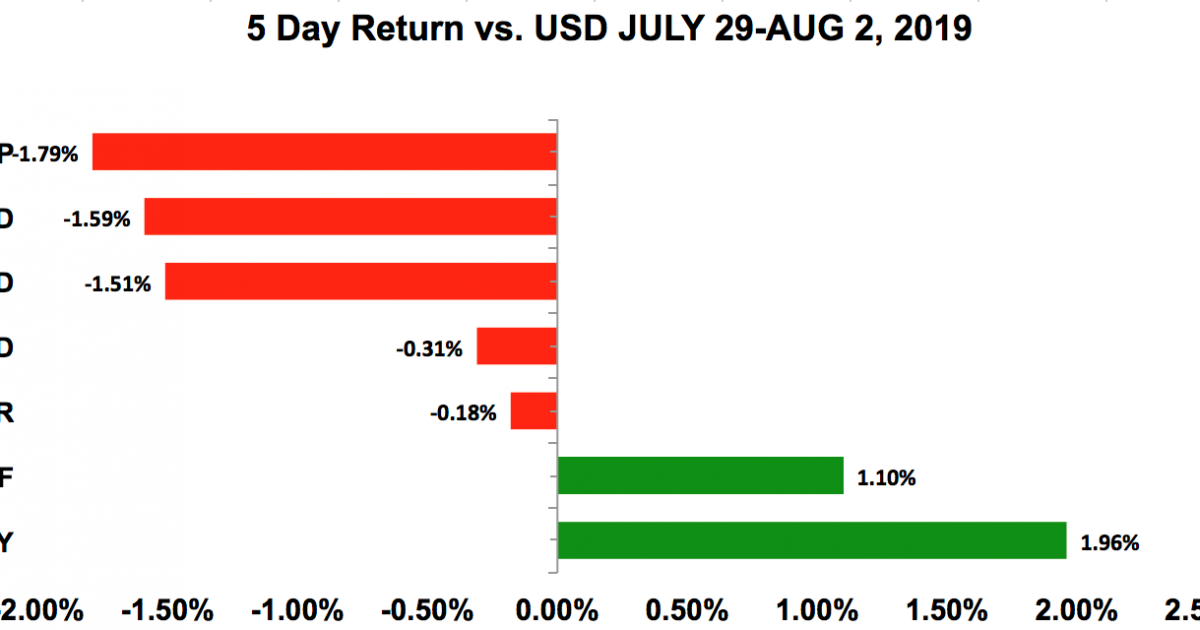

MAPI was unable to load the information service msncon.dll. “Cannot open your default e-mail folders. Let’s suppose you start Microsoft Outlook, and you come across an unexpected error message that reads, Below are the top 5 most common Outlook error messages: #1 – Cannot open your default email folders Whenever there’s any sort of problem in Microsoft Outlook, you’re likely to face different error messages.



If you do not have a copy, you can download it at UtilMind Solutions. You can keep track of your system resources via the handy tool at Start > Programs > Accessories > System Tools > Resource Meter. If you are sure a certain application is causing the problem, be sure to contact the software vendor. The system resources problem is something you might have to live with until the misbehaving application is found. In Windows 95, click the right mouse button on the Task Bar, click Properties, click Start Menu Programs, click Advanced and look for the Startup folder in the left pane. In Windows 98, set the folder contents with MSCONFIG. The Windows Startup folder contains programs that launch every time your system boots. In Windows 95/98 you can see the list of active programs via the usual Ctrl-Alt-Del sequence. Memory leaks can also be caused by programs that automatically load every time you boot your Windows system. This failing to "give back" is the "memory leak," eventually leading to a message that your computer is low on resources. But, because programs are written by humans, mistakes can happen and the program may not give back all to the operating system. When you tell your system to exit a program, the program is supposed to give back the resources (memory) it was using. This is what Microsoft calls a resource leak or memory leak. The crash happens sometimes if you start and close many programs, even the same ones, without a periodic reboot. Eventually the system will crash as it runs out of memory. But, as you exit, some programs do not give back system resources they were temporarily using. When any program begins running, it uses up some space in the "system resources" area in memory.


 0 kommentar(er)
0 kommentar(er)
